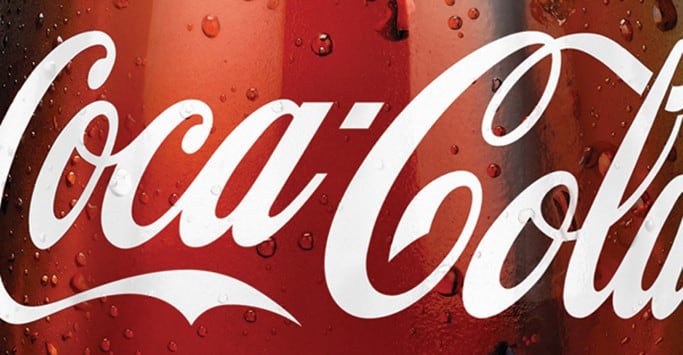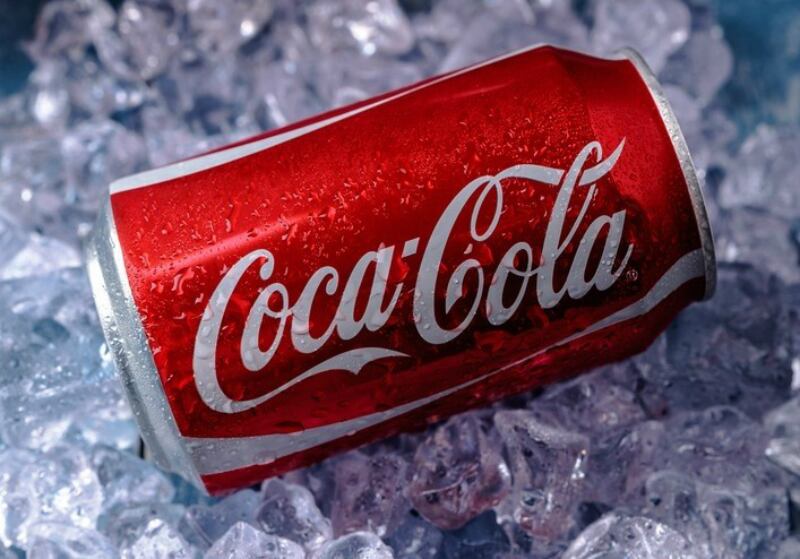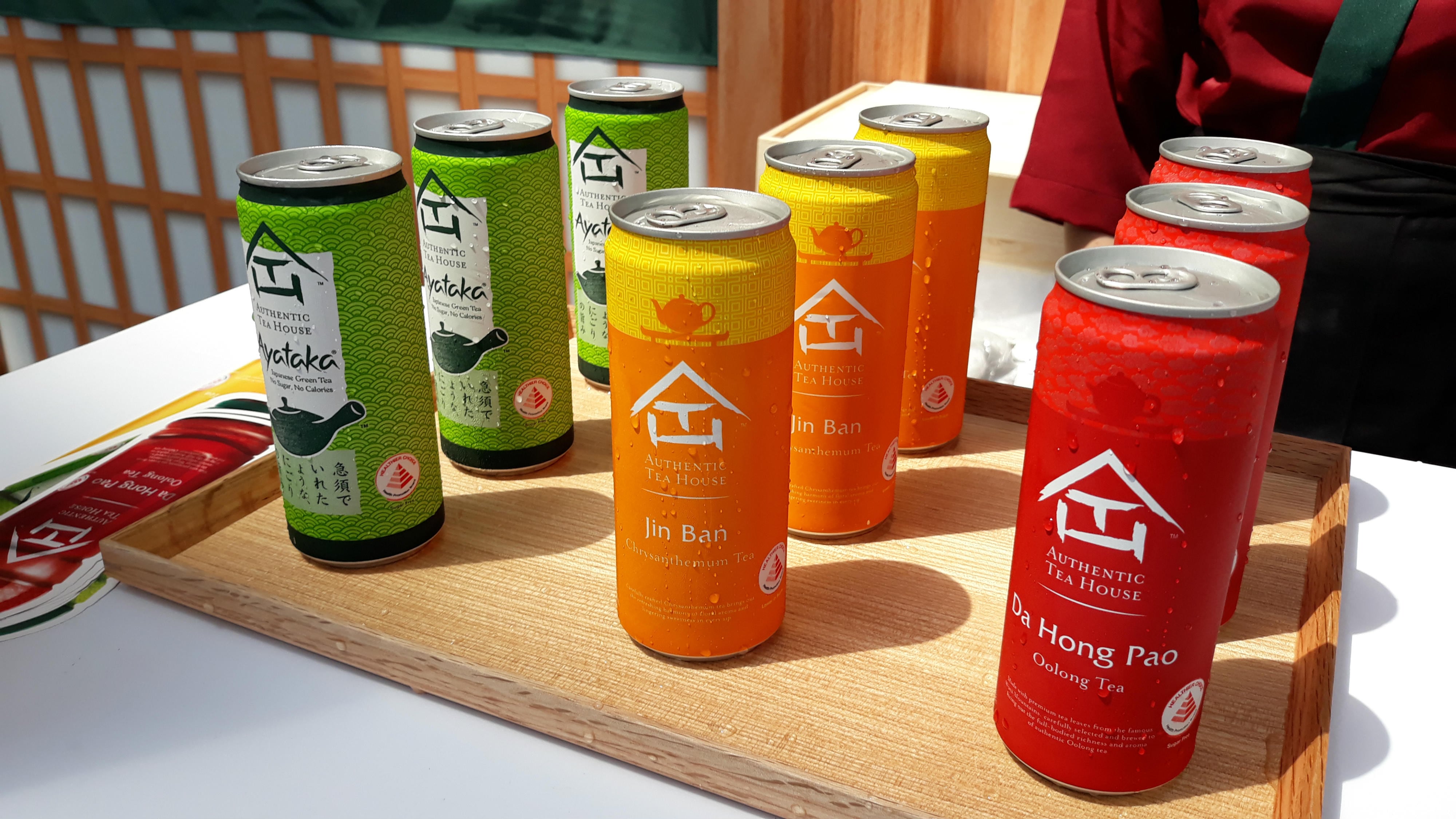Its combination of what Coca-Cola India calls a ‘Power of 3” ingredients (Fruits, milk and nutrients) makes it an ideal candidate for the Health and Wellness category.
“Minute Maid Smoothie [is ideal] for mothers looking for a snack that is tasty, filling and nutritious. We specifically developed this product after listening to mothers and understanding their needs,” said Vijay Parasuraman, Vice President, Coca-Cola India & South West Asia.
“Children are picky eaters and are always look for something tasty, mothers often find it tough to balance between nutrition and taste. MM Smoothie [has] a great taste [and is] topped up with nutrients […] play a key role in metabolism and building strength and stamina,” he added.
First conceptualised in 2017, the Fruit Circular Economy is a concept that aims to empower Indian farmers to increase yields, source pulp and launch fruit-based products.
Meanwhile, Coca-Cola India also announced plans earlier this year to localise two-thirds of its product portfolio over the next several years.
In line with both of these aims, Minute Maid Smoothie is made from locally sourced fruits, and has been designed to suit local tastes.
Ethnic drinks and fruit juices to localise products
In addition to designing products to suit the Indian palate, Coca-Cola India is also looking at expanding its range of ethnic drinks and fruit juices in order to attain two-thirds product localisation.
“The idea is that over a period of time we may have one-third of products which are basically global and two-third of the products which are very local," said Coca Cola India and Southwest Asia president T. Krishnakumar.
Currently, roughly 50% of Coca-Cola India’s products fall under what are considered to be ethnic local brands, e.g. Maaza and ThumsUp.
India’s Fruit Circular Economy
Coca-Cola India announced in June 2017 that it would be contributing US$ 1.7 bn to develop India’s agricultural ecosystem over the next five years along with its associates.
According to Knowledge@Wharton, this investment primarily focused on the fruit sector, where almost US$ 900 mn of this would target processed fruit pulp and fruit concentrate. The rest would go into setting up the infrastructure required to process these.
Asim Parekh, Vice President, Fruit Circular Economy, Coca-Cola India said in a video on Coca-Cola India’s website: “One of the biggest problems we are facing is that 50% of the population is involved in agriculture, [but then] income is not keeping in pace with the rest of the sectors.
“That is the reason we have huge stress in this 50% of the population. The Fruit Circular Economy is our way of making a difference to the Indian fruit farmers.”
“There are four players in the whole game of fruit processing: The farmer is producing the fruits; the processors are usually in SMEs; the brand owners like Coca-Cola are buying these juices and adding to the branded beverages; and the community, who is buying these.”
“If you notice, today these four players are not connected well. This means the [fruit] juices are not moving in the circle, hence the value is not moving the other way [towards the farmers]. This is why we decided to use locally produced juices, [to connect the circle],” he explained.
Health and Wellness Advisory Council (HWAC)
Additionally, Coca-Cola India has established a Health and Wellness Advisory Council (HWAC) in hopes of achieving better results within the Health and Wellness space.
According to its website, HWAC’s roles are to: Identify and highlight the evolving nutritional needs of Indian consumers; suggest viable health & wellness solutions for beverage applications; and support consumer education programmes that promote a healthy and active lifestyle.





